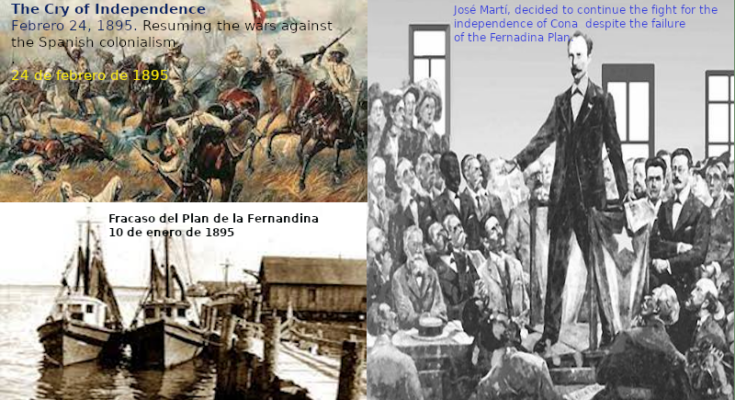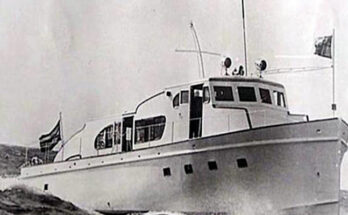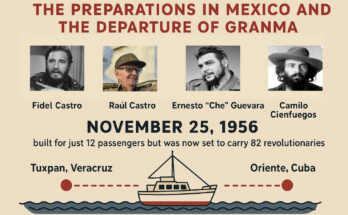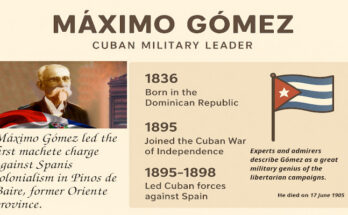The great desires of the patriots to achieve the independence of Cuba, who followed Carlos Manuel de Céspedes, after the uprising of October 10, 1868 in La Demajagua, were frustrated with the Pact of Zanjón, which destroyed the effort and sacrifice of 10 years of war against Spanish colonialism.
Cuba continued under slavery and with no independence, the political, economic and social aspirations of the Cuban people were thwarted. However, the only way to achieve definitive independence from Spain was to restart the armed struggle.
So José Martí set himself the task of correcting the errors of the previous struggles, organized, oriented the patriots in exile, raised funds for the cause, and founded the Cuban Revolutionary Party and the newspaper Patria.
With the funds raised, the Cuban patriots led by Martí and Gómez, agreed to carry out the Fernandina Plan, which consisted of sending men and weapons to Cuba in three ships to restart the armed struggle against Spanish colonialism.
Due to a snitch The Fernandina Plan had failed and the coffers of the insurrection were practically without funds. Neither Martí nor those who seriously aspired to restart, as soon as possible, the Necessary War were discouraged. Far from producing discouragement, the spirits of the emigration were agitated, and on January 29, 1895 Martí elaborated the resolution that authorized the simultaneous uprising in the island.
Risk for the independence of Cuba
Juan de Dios Barrios, a humble tobacco twister living in Tampa, was commissioned to carry the order of the uprising to the island. Camouflaged inside a cigar that was prepared in the factory of Blas Clemente Fernández OʼHalloran, the uprising order crossed the Florida Straits aboard the steamship Mascotte, which covered the Tampa-Cayo Hueso-Havana route.
When Juan Gualberto Gómez received it, he gathered in his house the organizers of the movement in Havana and Matanzas. They agreed that the ideal date was Sunday, February 24, a day of carnival festivities; then they sent two emissaries with the proposal to the rest of the country.
Thus, the Cry of Independence took place on the agreed day in several points of the geography of Cuba, with greater impact in the province of Oriente. The irrevocable decision of the insurrectionists to fight to the death or be free was clear.
And on April 1 and 11, the expeditions with Antonio Maceo and Flor Crombet, and José Martí and Máximo Gómez arrived in Cuba. To the satisfaction of the high leaders, the uprising forces of Guantanamo, Baire and Manzanillo were still fighting. Nothing stopped the yearning for the freedom of the homeland.




